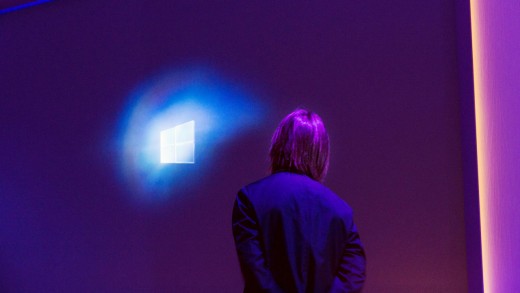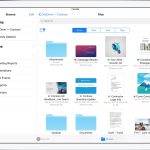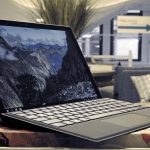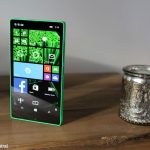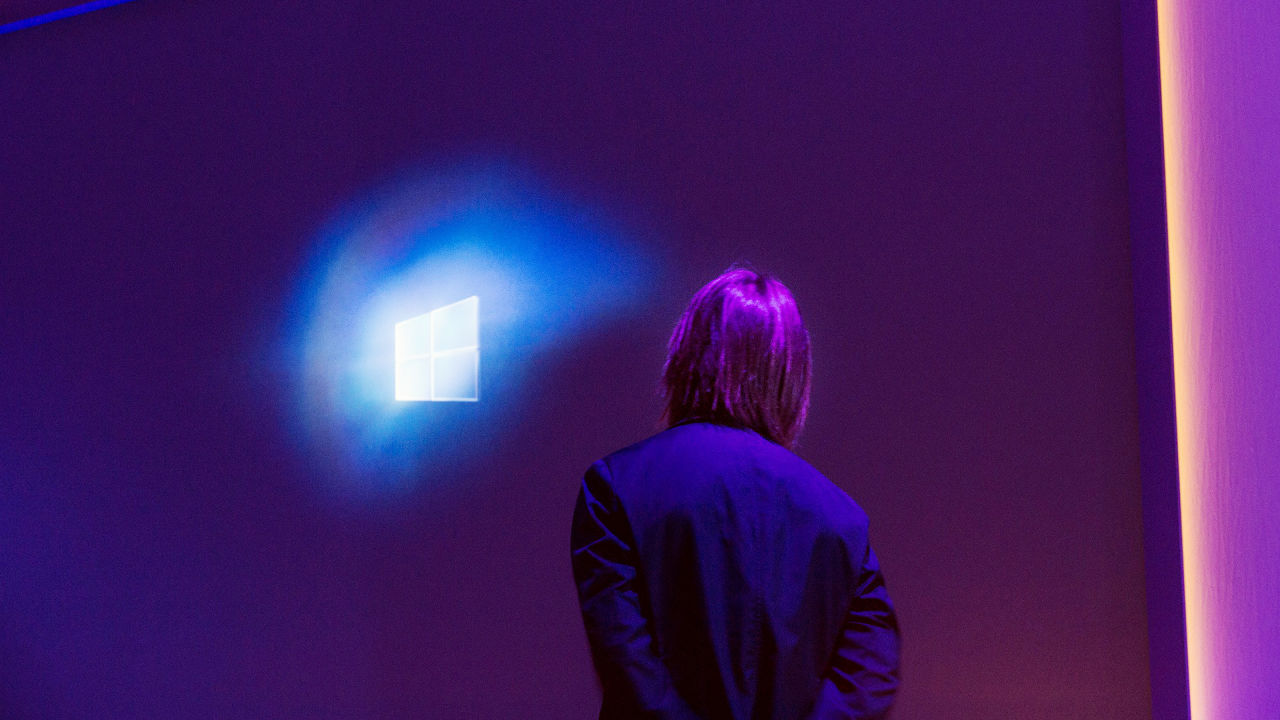home windows 10 provides The cellphone some other Shot At Being A laptop
Continuum may well be the most practical means yet to computerizing a smartphone. but the dream may just have already got died—or at least evolved.
April 30, 2015
There used to be a lot to bite on during the keynote (may 03, 2015) at Microsoft’s build conference in San Francisco. the company announced plans to let builders use code written for iOS and Android apps in home windows packages. It showed off new uses for its HoloLens augmented-fact headset, equivalent to instructing anatomy with lifestyles-dimension, interactive human our bodies. It eventually printed that the brand new browser that will displace internet Explorer will probably be referred to as Microsoft side.
however the single bit of keynote which spoke most in an instant to my brain and heart used to be Microsoft cell honcho Joe Belfiore‘s demonstration of a home windows 10 feature referred to as Continuum. It let him use a windows telephone with a major display, a keyboard, and a mouse—successfully turning it into a conventional home windows pc.
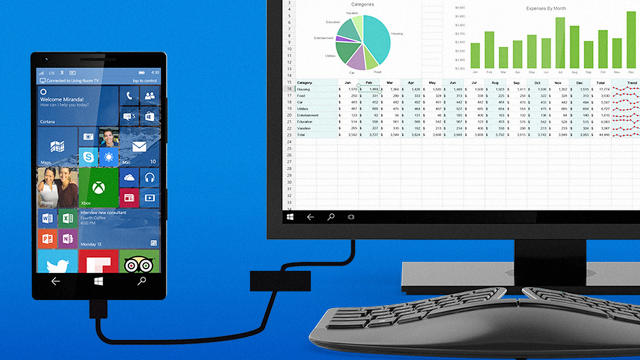
Belfiore began his demo by means of explaining that home windows telephones that fortify this selection don’t in reality exist but, so he would be simulating the expertise. that is ok. i’ve been craving something along these strains for years: here’s a section I wrote concerning the concept back in 2009. i will indubitably wait a little bit longer.
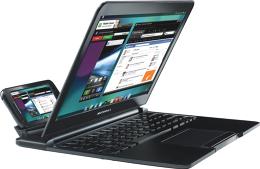
Continuum isn’t the trade’s first go at turning a telephone into a pc. In January 2011, Motorola made a splash at the CES convention with a cellphone known as the Atrix. It offered an optional $500 dock that was basically a laptop and not using a brains. You plugged the Atrix right into a slot on the again, whereupon that you must run Firefox and different apps on the dock’s eleven.6″ monitor, the use of tool which Moto known as Webtop.
I beloved, beloved, cherished the idea. the truth, alternatively, was now not a major whoop. The dock sold for $500—the price of a midrange home windows pc—and the Atrix’s wheezy efficiency and cumbersome software did not make for a pc-like experience. Motorola fiddled with the Webtop concept best into late 2012 ahead of giving up. I paused to mourn its loss, but most effective in short.
it’s still home windows
Motorola’s Webtop used to be about turning a phone into a pc. In Belfiore’s construct keynote at the least, Continuum served to show a home windows phone right into a pc pc, which allows it to sidestep one of the challenges that Moto by no means quite resolved. however i am hopeful that Microsoft is onto one thing that could be more sensible.
this is why:
phones are more potent now. They must stand a better shot at operating laptop-like apps at high resolutions at an acceptable clip.
home windows is home windows. one of the necessary messages at construct has been that there don’t seem to be multiple versions of windows for different units: there may be simply home windows 10 working on an array of gadgets, and figuring out find out how to handle displays of various units. The interface will have to scale up as it should be for the better show, and you’ll run meaty, familiar pc apps equivalent to Microsoft place of work. which is radically completely different than the placement with Motorola’s Webtop, which felt like a telephone struggling to cross as a computer and now not reasonably succeeding.
This isn’t proprietary. to buy into Motorola’s vision, you had to buy a $500 piece of hardware that became a doorstop the moment you made up our minds to modify to a telephone moderately than the Atrix. but Continuum uses Bluetooth and HDMI, permitting it to work with off-the-shelf keyboards, mice, and keyboards.
however…
a lot has modified due to the fact that I wrote that 2009 put up fantasizing about the use of a smartphone like a pc. For one factor, both PCs and phones have off-loaded far more of their smarts and data into the cloud. it is far more that you can imagine to modify between a telephone and a laptop—and a pill, if you want—and have your apps, content material, and settings observe you round as should you have been simplest using one software.
For another, smartphone monitors have only gotten larger. Phablets have gone well beyond five inches—bigger than the screen on the original portable computer—giving people who want to use an impressive cellphone like a laptop the ability to do so with out futzing with exterior add-ons. in fact, if we wish to dump that ugly term “phablet” for one thing higher—and we should—we might just call them “pocket computer systems.” which would supply us a horny acquainted acronym to call them by using.
i am nonetheless chuffed that Microsoft is reviving the phone-as-laptop concept. once I get my arms on a windows cellphone with this functionality, i will arrange a show, keyboard, and mouse at work, and spot if i will be able to be productive. If i will be able to, cool—and if now not, i will cheerfully renowned that know-how ended up taking a special route than the one I was once hoping for a 1/2 decade ago.
quick company , read Full Story
(131)

